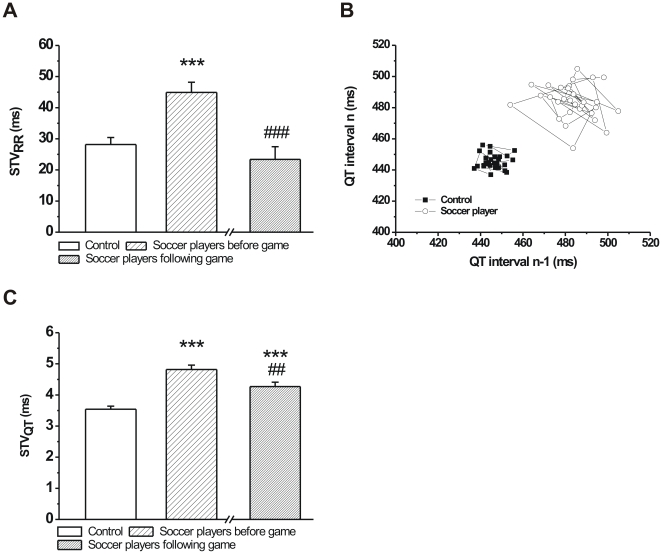Figure 4. Short-term beat-to-beat temporal variability of the RR (STVRR) and QT (STVQT) intervals in age-matched controls and professional soccer players before and following a competitive game.
Soccer players had a significantly higher STVRR compared to controls before the game. STVRR was similar to controls in soccer players immediately after the game (A). Poincaré plots illustrating short-term temporal variability of the QT interval at rest in a control individual and in a professional soccer player before the game. Note the shift of QT values to the right and upwards in the soccer player indicating QT prolongation and the increased scattering of QT interval values in the soccer player demonstrating increased beat-to-beat variability of the QT interval (B). Short-term QT variability was significantly higher in soccer players both before and after the game compared to controls but also decreased in players compared to pre-game values (C). (n = 76 persons/group; Means ± S.E.M.; ***p<0.001 vs. age-matched control; ##p<0.01; ###p<0.001 vs. before game values).

